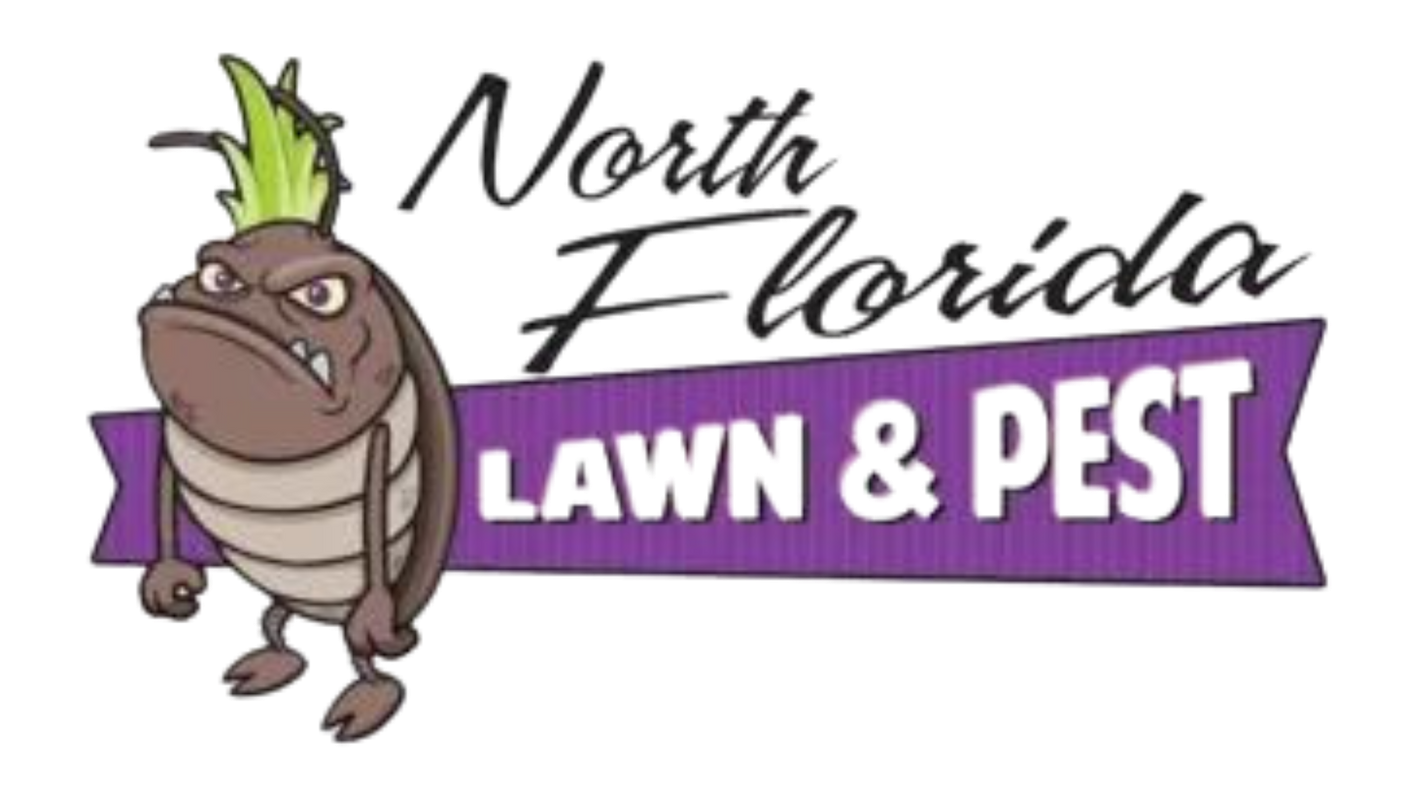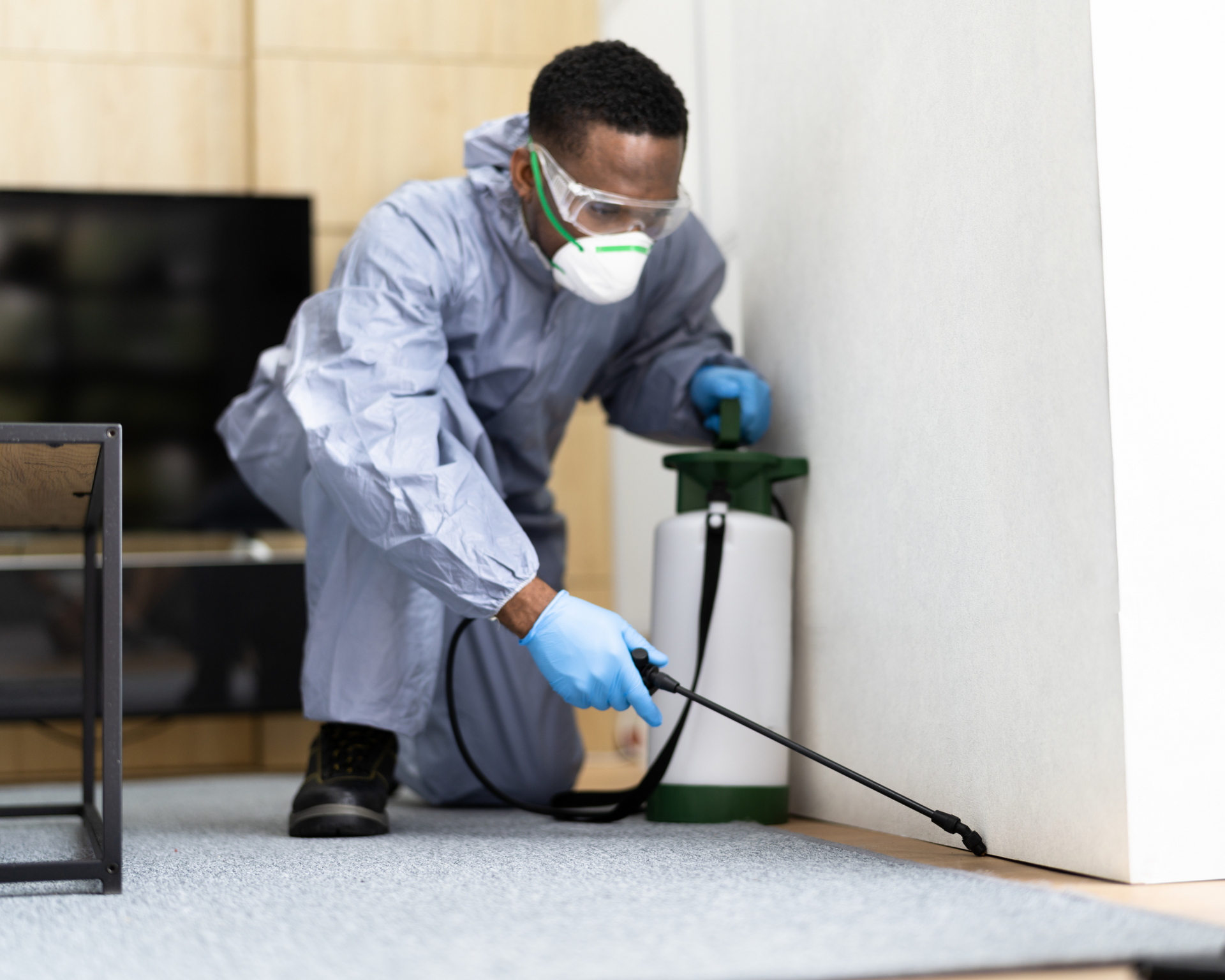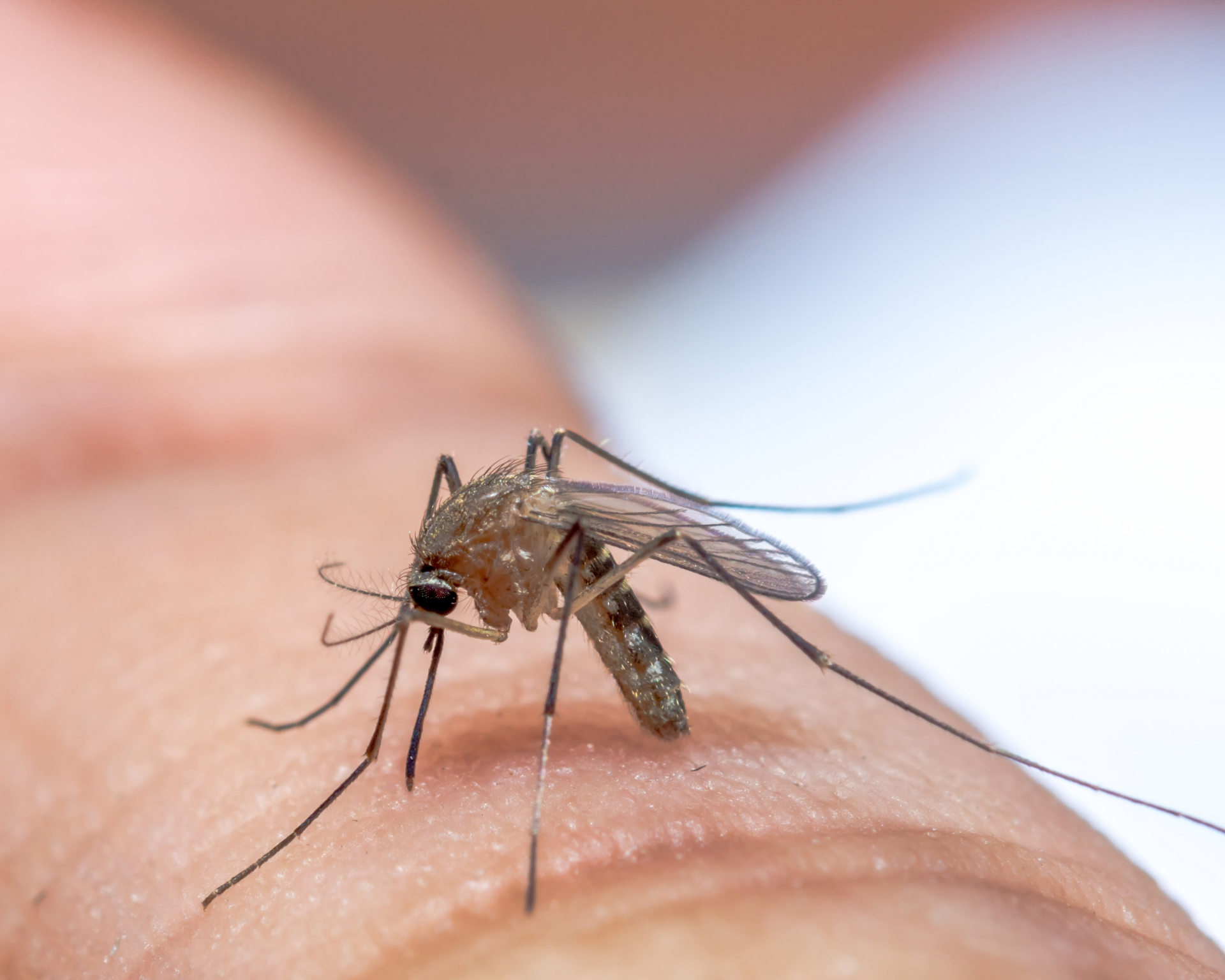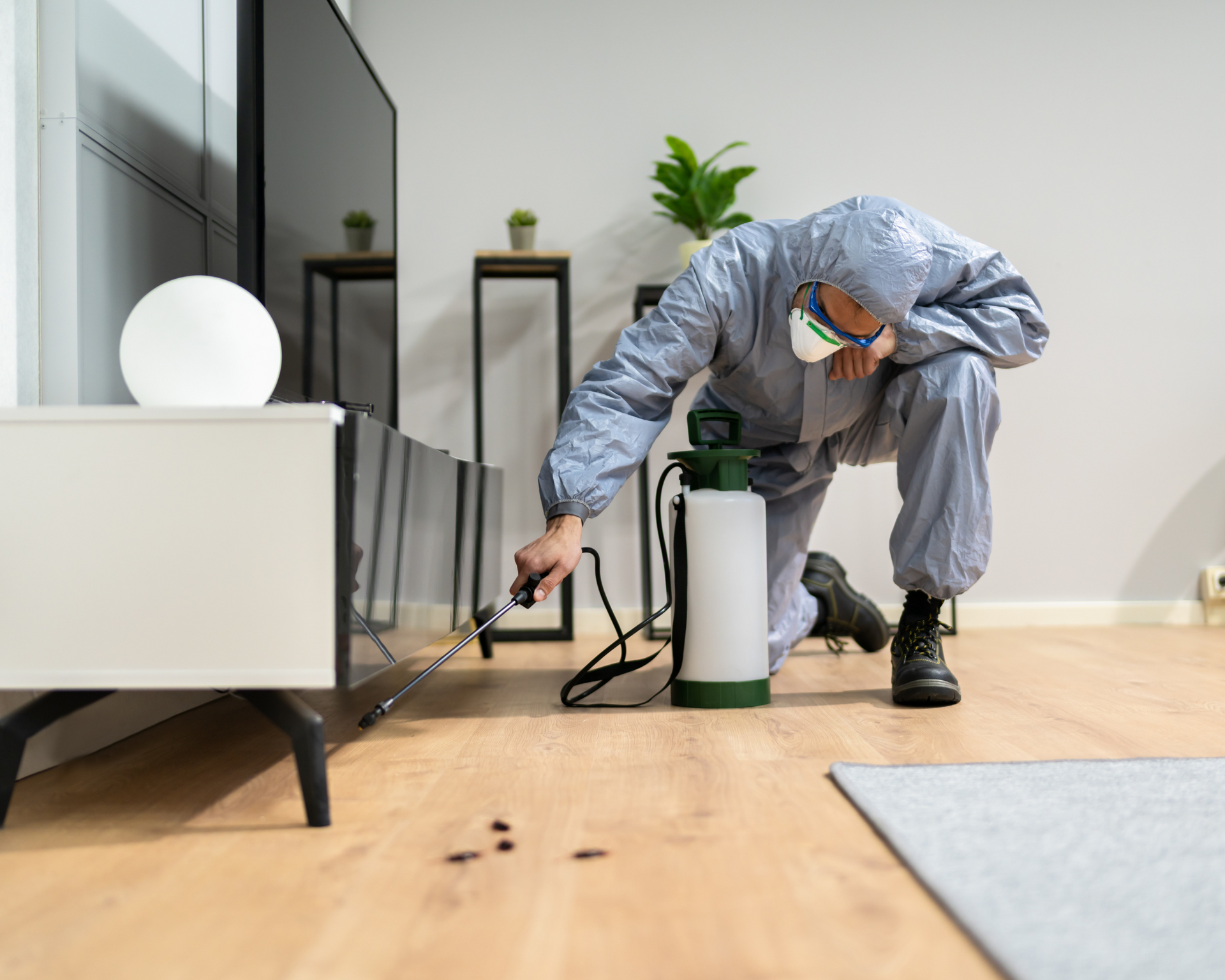What Are the Early Signs of a Termite Infestation?
Most Common Indicators of Termite Infestation
Termites might be small, but they can cause big problems for homeowners. These silent destroyers work quietly behind walls, floors, and ceilings, causing damage to your home before you even notice they’re there. Recognizing the early signs of a termite infestation is crucial to protecting your property and avoiding costly repairs. Now, let's delve into what to look for so you can act quickly if termites invade your space.
Understanding Termite Behavior: Why Early Detection Matters
Termites are social insects that live in colonies, often numbering in the thousands or even millions. They feed on cellulose, a component found in wood, paper, and other organic materials. Their constant feeding can weaken wooden structures in your home, leading to potential safety hazards.
The problem with termites is that they work out of sight. They don’t usually leave obvious damage until their infestation is advanced. That’s why early detection is critical—it allows you to tackle the problem before it gets out of hand. Below, we’ll explore the tell-tale signs of a termite infestation and how you can spot them early.
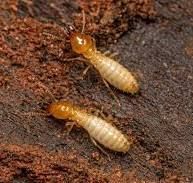
Key Signs of a Termite Infestation
1. Mud Tubes on Walls and Foundations
One of the most common signs of a termite infestation is the presence of mud tubes. These small tunnels, about the width of a pencil, are made of soil and saliva. Termites use these tubes to travel between their colony and their food source while staying protected from predators and dry air. You’ll often find mud tubes on your home’s foundation, walls, or other wooden structures.
2. Discarded Wings Near Windows and Doors
Termites swarm to establish new colonies, especially during the warmer months. After finding a suitable place, swarmers, also known as alates, shed their wings. If you spot piles of small, translucent wings near windowsills, doorframes, or light sources, it’s a strong indicator that termites may have entered your home.
3. Hollow-Sounding Wood
Termites eat wood from the inside out, leaving a thin outer shell. If you tap on wooden surfaces and hear a hollow or papery sound, it could mean termites have already been feeding inside. Damaged wood may also crumble easily when touched, another red flag to watch for.
4. Buckling or Warped Floors and Walls
As termites feed on wood, they can weaken the structural integrity of your floors, walls, and ceilings. This damage often causes uneven surfaces, buckling, or warping. Sometimes, the damage may appear as water stains or peeling paint, mimicking moisture issues. If these problems persist despite no signs of water damage, termites could be the cause.
5. Frass (Termite Droppings)
Drywood termites often leave behind droppings called frass, which look like tiny, sand-like pellets. These droppings are pushed out of the termite colony and can collect near windowsills, baseboards, or other infested areas. Spotting frass is a clear sign that termites are actively feeding in your home.
6. Unexplained Clicking Sounds in Walls
Believe it or not, termites can sometimes be heard! Soldier termites bang their heads against the walls of their tunnels to warn the colony of danger. The result is a faint clicking or rustling sound inside your walls. If you hear these noises, especially at night when it’s quiet, termites might be to blame.
7. Small Holes or Damage in Drywall
Termites can chew through drywall as they make their way into your home. Small pinholes or faint lines on drywall surfaces might indicate their presence. Sometimes, termites will also create tiny exit holes to push out frass, making this another area to inspect closely.
Want To Learn More? Contact Us
Keeping termites out of your home requires consistent effort and proactive measures. Professional termite control ensures a comprehensive approach, targeting colonies and preventing future infestations. Experts use advanced tools and techniques to safeguard your property’s structure, addressing vulnerabilities that termites exploit. Regular inspections and treatments provide peace of mind, protecting your home from costly damage and maintaining its safety. If you notice signs of termites or suspect an infestation, contact us today to secure your home against these destructive pests.
Our Additional Posts On Pest Control
Copyright © 2024 - St Augustine Pest Control by NFLP All Rights Reserved
